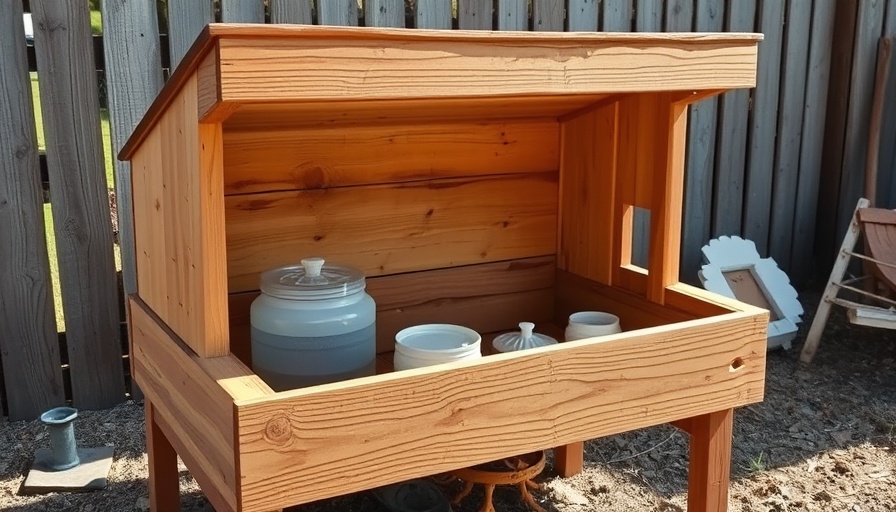
Easy DIY Chick Brooder: Building the Perfect Home for Your Chicks
Constructing a DIY chick brooder can initially seem overwhelming, but with clear instructions and the right materials, you can create a warm and secure environment for your new feathered friends. Chicks, like any young animals, are vulnerable; thus, mimicking the protective functions of a mother hen is essential during their early weeks of life. This article synthesizes expert advice to help you assemble an effective brooder that ensures your chicks thrive.
Why a Chick Brooder is Essential for Young Birds
The brooder serves multiple purposes: it keeps the chicks secure from predators, provides adequate warmth, and allows sufficient space for them to thrive. As the article from Hobby Farms notes, maintaining the right environment within the brooder is crucial for the chicks' health and development; they require protection not just from the external elements but also from other animals that may pose a threat.
Essential Materials to Gather for Your Chick Brooder
Creating a chick brooder doesn’t require exotic materials. Here’s what you’ll need, as outlined in our research:
- One 4-by-8-foot sheet of oriented strand board (OSB) or plywood
- Several 2-by-2s to form the structure
- Poultry netting or wire mesh for ventilation and security
- Various screws and wood glue for assembly
Additionally, tools such as a drill, circular saw, and wire cutters are essential for construction.
Creating a Safe and Functional Brooder Setup
According to the Easy DIY Chick Brooder guide, eliminating awkward corners and ensuring easy access for cleaning are critical factors for maintaining brooder hygiene. The size of your brooder is equally important; chicks should have enough space to move while still having a heated area that mimics a mother hen’s warmth. Generally, for the first few weeks, at least 1 square foot per chick is recommended.
Heat Sources: Keeping Your Chicks Warm
Proper heating is vital for chick survival. You can use a heat lamp, which emits a warm light and should be securely mounted to prevent fire hazards. However, many experts, including those from the Longbourn Farm, recommend transitioning to a heat plate after the first week; it replicates a mother hen's body temperature better without the risk of fire.
Frequently Overlooked Accessories and Considerations
Have you thought about feed and water accessibility? Using automatic waterers minimizes contamination from bedding, significantly easing cleaning duties. Additionally, adding perches can encourage natural behavior and make your chicks feel safer. Providing them with an enriching environment can lead to healthier and more well-adjusted adult birds.
Taking Action: Start Building Your Brooder Today!
Now that you have a comprehensive understanding of constructing a chick brooder, the next step is execution. Consider your setup's location, materials, and the overall environment where your chicks will grow. Follow through with your plans, and you’ll be well on your way to raising healthy, happy chickens!
 Add Row
Add Row  Add
Add 




Write A Comment